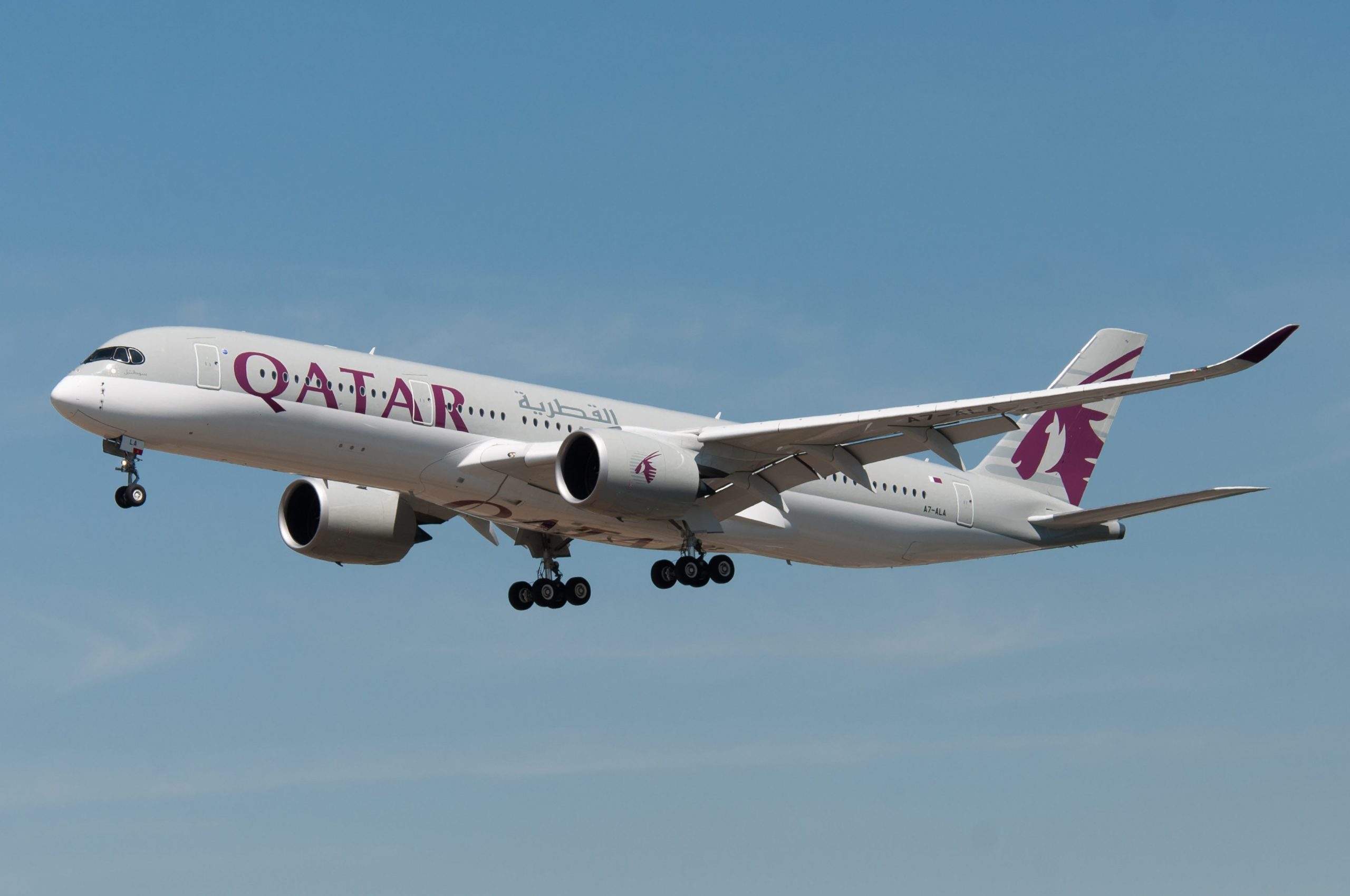The national carrier assured “the airline follows the most stringent standards of safety, training and reporting and is working to address any findings in line with industry norms”
An investigation has been opened by Qatar Airways after one of its Boeing 787s narrowly avoided striking the Arabian Gulf in what appeared to have been a sharp nosedive shortly after takeoff from Hamad International Airport in Doha.
“Qatar Airways is aware of an event relating to flight QR161 operating Doha to Copenhagen on 10 January 2023. It was immediately reported to authorities and an internal investigation is being carried out,” a Qatar Airways spokesperson told The Independent.
After temporarily losing “situational awareness” shortly after takeoff, a pilot unintentionally pushed a jet into a precipitous dive, according to reports.
However, the national carrier assured “the airline follows the most stringent standards of safety, training and reporting and is working to address any findings in line with industry norms”.
According to flight tracking data on 10 January, the aircraft A7-BCO underwent a rapid nosedive after taking off for Copenhagen, Denmark. It slowly rose to a height of 550 meters when it suddenly lost altitude.

The airplane then descended 300 metres in 24 seconds, passing within metres of the ocean before regaining control and altitude. It then landed safely in Copenhagen six hours later.
There were no additional details at the time, and flight QR161 arrived in Copenhagen without incident.
The plane was given permission to fly to its next waypoint on the flight path at 1,600 feet. The first officer may have attempted a manual turn at this point in the flight without further direction from the flight director.
The pilot then “lost situational awareness sending the aircraft into a descent that reached 3,000 fpm sink rate,” The Aviation Herald reported.
This then “exceeded the flap speed limits until the captain took control of the aircraft and recovered about 800 feet above water.”
The aircraft’s vertical speed increased as a result of the rapid descent, reaching about 300kts.
‘Flap speed limits’ are set up to lessen pressure on wings during takeoff and landing, however it was determined that the plane had surpassed them.
It is believed that the first officer was the pilot who was in control at the moment of the fall, The Aviation Herald detailed.







